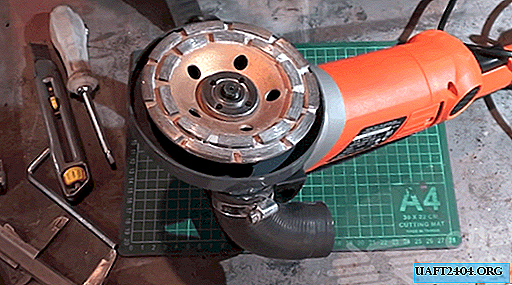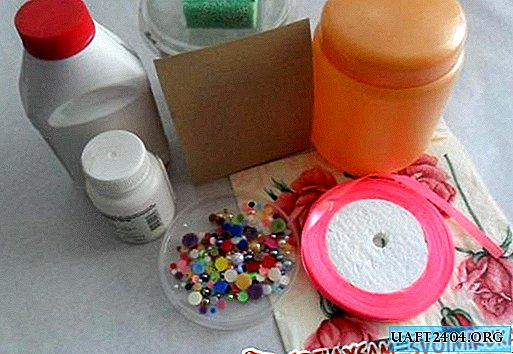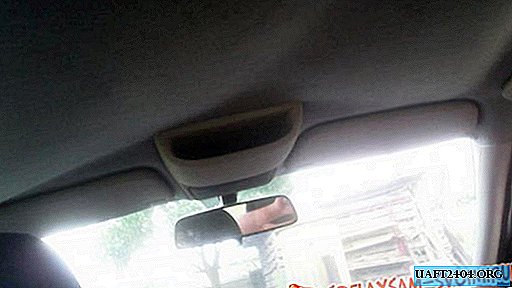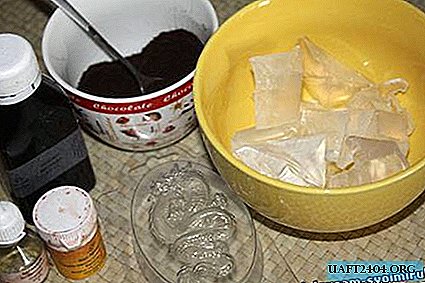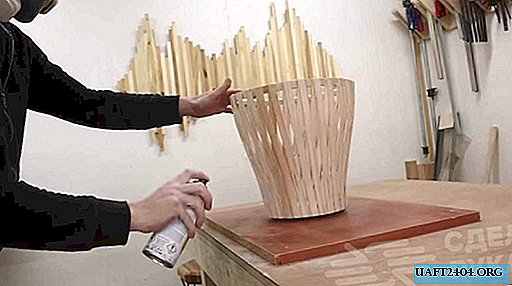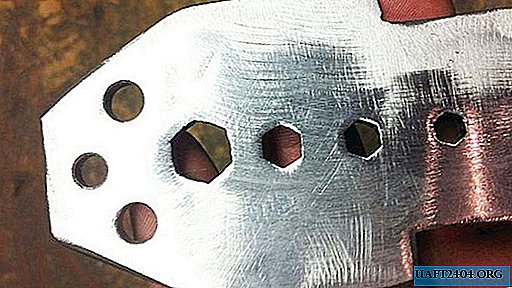Share
Pin
Tweet
Send
Share
Send
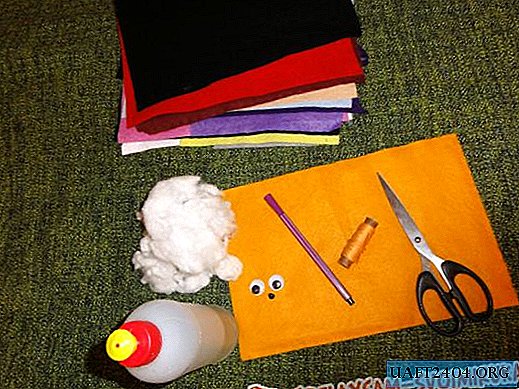
Materials:
• Paper pattern.
• Felt medium density, in this case, half of A4 sheet is enough.
• Threads close in color to felt.
• Felt-tip pen (chalk or soap) for transferring patterns to felt.
• The needle.
• Filler (synthetic winterizer, synthetic winterizer, cotton wool or soft tissue trimmings)
• Scissors.
• Ready eyes and nose (in the absence of ready eyes - pieces of white (light beige) and black felt, 2 black beads).
• Universal glue (such as a dragon).
Felt for making a soft toy was chosen because it is soft, rather dense, its edges do not sprinkle when cutting and there is a huge selection of colors and shades. Also for soft toys, especially large sizes, fleece is suitable.
So let's get started.

Cut out a paper pattern.


Lay the felt on a flat surface. Circle the pattern along the contour in direct and mirror image.

Cut two parts.


Fold the parts with the front side inwards, sew together. You can use machine stitching or manual sewing. The most commonly used hand seam is back with a needle. The seam should be laid back at least 3 mm from the edge of the part. You can stitch the toy from the front so as not to turn it in the future, then it is worth using contrasting threads and sewing with a loop (edge) seam.


Sew along the contour of the toy, not forgetting to leave the non-sewn part through which it will be possible to turn the stitched toy onto the front side.

Turn out gently, if necessary, use a stick with a blunt end (pencil or pen without a rod). At this stage, in the absence of ready eyes and nose, cut out circles for the eyes from white (light beige) felt, sew on pupils from black beads, and cut out nose from black felt. Sew on eyes and nose before stuffing toys.

To give volume to the cat, it is necessary to take a soft filler, such as synthetic winterizer, synthetic winterizer, in extreme cases, cotton wool, you can use soft tissue trimmings. Using a stick with a blunt end, evenly distribute the filler over the toy, paying attention to the tail and legs. The degree of filling is determined visually, too tight packing can damage the seams.

After all the filler is placed in the toy, the hole should be sewn with neat stitches from the outside.

Attach ready eyes and nose, if necessary, correct their position before gluing. Glue with universal adhesive suitable for bonding fabrics and other materials (e.g. Dragon).

To decorate the finished cat, you can use bows from ribbons, hats, or nameplates. In this case, the cat just got confused in the green ribbon.
P.S. The toy is quite simple to manufacture, and can be made together with children 5-6 years old. Joint creativity brings joy to communication, develops perseverance and needlework skills. And the result is a beautiful soft bright toy, valuable in that it is made by one's own hands, a particle of the soul is embedded.

Share
Pin
Tweet
Send
Share
Send



